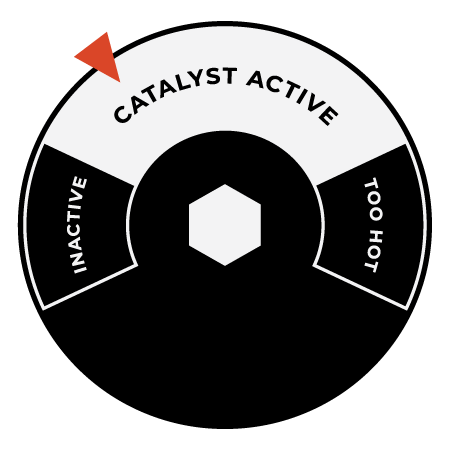FIREPLACE TIPS
WOOD BURNING BASICS (2023)
It’s hard to compare to the feeling you get from sitting around a real, wood-burning fire. The sound of the crackling firewood, the smell of woodsmoke, and the warmth that seems to melt away life’s troubles are some our favorite things. Whether you’ve grown up with a wood stove or fireplace your whole life, or you just recently purchased a new and efficient wood stove to take advantage of the 30% Wood & Pellet Tax Credit we want to share with you some tips so you can get the most out of your wood-burning appliance.
Note: we will mostly be talking about wood stoves in this post, but these tips can also apply to wood inserts and wood fireplaces. Be sure to read your owner’s manual before using your appliance.
THE ANATOMY OF FIRE
One can enjoy a wood fire only when he warms his thoughts by it as well as his hands and feet.
GETTING TO KNOW YOUR WOOD STOVE (OR OTHER WOOD-BURNING APPLIANCE)
Every wood stove, fireplace, or insert is different so it’s important to know your unit and how it works before you use it. Be sure to read your owner’s manual before lighting a fire to know of any special features that your unit has.
Fire works the same way wherever it is, so most stoves are built very similarly with slight variations between them. The main controls you need to be familiar with are the primary air control, bypass handle, and sometimes additional catalyst controls (we’ll go over how to operate your catalytic stove later). These basic controls will be present in nearly every wood stove or insert you come across; the only difference is that they may be in different locations.
PRIMARY AIR CONTROL
The primary air control regulates the amount of air entering the firebox. Generally, the more air allowed into the firebox means a faster-burning and hotter fire. The primary air control is normally located below the door to your wood stove.
BYPASS HANDLE
The bypass handle is what regulates the flow of air as it exits your chimney and is usually located above the door or on the side of the stove. It will either redirect air through your catalyst (in catalytic stoves) or through the air tubes (in non-catalytic stoves.) We’ll go over how this works in a later section.
The bypass handle will almost always be located above the door of the wood stove or insert. Your stove may or may not have one, but you can always check your owner's manual if you're not sure.
PRIMARY AIR CONTROL
BYPASS HANDLE
CATALYTIC VS. NON-CATALYTIC
CATALYTIC WOOD STOVES
A catalytic wood stove uses a catalytic combustor to re-burn the gasses and smoke that are released from the wood burning. The smoke passes through the catalytic combustor which looks like a honeycomb and is made from a special chemical (known as a catalyst) which allows the smoke to ignite at high temperatures.
This chemical reaction can only take place at high temperatures so it’s important to engage your catalyst when the stove is hot enough. Take a look at the owner’s manual to see how to engage the catalyst. Like we mentioned before, the bypass handle is what you’re going to use to redirect the smoke through the catalyst. Keep an eye on the catalytic thermometer (pictured) and turn the bypass handle when the temperate is in the “catalyst active” range.
Note: you may need to replace your catalytic combustor every 4 - 5 years.

NON-CATALYTIC WOOD STOVES
Non-catalytic stoves also re-burn the smoke, but without using a catalytic combustor. Instead, they use air tubes which work using natural convection meaning you don’t need to worry about engaging anything. Air tubes work by generating super-heated oxygen which is hot enough to burn the smoke.
You’ll want to clean the air tubes periodically to keep them working their best. Most wood stoves come with a small brush to clean any debris that may have collected on the air tubes.
HYBRID WOOD STOVES
CHOOSING THE RIGHT FIREWOOD
HARDWOOD VS. SOFTWOOD
Wood can be put into two categories: hardwood and softwood, and they each have their benefits and drawbacks.
Softwoods come from conifer trees, which are evergreen, needle-leaved, and have cones, like fir and pine. Softwoods are higher in sap and other highly flammable resins which make them great for kindling. They also produce more smoke which can cause creosote to build up on the inside of your chimney and can ignite if you don’t clean your chimney regularly.
Hardwoods come from broad-leaved deciduous trees like oak, elm, ash, and cherry. Hardwoods typically burn longer and hotter than softwoods but can be harder to light which is why you want to wait to add your hardwood logs to the fire once it’s hot enough.
USE DRY, SEASONED FIREWOOD
Whichever firewood you choose, make sure it’s dry and seasoned before you burn it. If you’re using damp, unseasoned, or rotting wood, you won’t have any luck lighting a fire. Make sure your wood is properly stored so it can stay dry until you’re ready to burn it. Keep it covered and off the ground to keep your wood dry and ready-to-burn.
You can usually tell if the firewood is seasoned by its color. If it has a washed out appearance then it's probably well-seasoned. Seasoned firewood will also be lighter than wood that is still wet, and will have a more hollow sound if you hit two logs together. If you want to be absolutely sure your wood is dry, use a moisture meter. The moisture of the firewood should be less than 20%.
SEASONED
UNSEASONED
WOODS TO AVOID
Non-local wood – this can spread invasive species and disease. Burn it where you buy it!
Treated wood – many of the chemicals used to treat wood like varnishes, preservatives, fungicides, paint, and glue can be toxic when burned.
Green (wet) wood – wood that hasn’t had time to dry out and become season will be much harder to burn and will produce much more smoke. Unless it’s an emergency, plan ahead and burn dry, seasoned wood.
Poisonous wood – poison ivy, oak, and sumac and other poisonous plants are all considered toxic to inhale when burning.
Driftwood – even though it burns well, driftwood is full of salt which can corrode your stove or chimney over time.
BREAKING IN YOUR STOVE
You’ll need to break in your wood stove or insert gradually over the first few burns. If done right, you’ll be able to get the most out of your stove in the long run. Most modern wood stoves are made from either cast iron, steel, or soapstone. Each material will need to be broken in differently.
Cast iron and steel stoves have certain paints and oils that need to burn off during the first few times you burn your stove. You’ll probably notice an unpleasant smell when burning, and even though it’s non-toxic, you may want to open a window to let these fumes out. The smell should subside after the first 10-20 minutes of operation and won’t continue after the stove has cured after the first handful of burns.
Soapstone stoves will need to be seasoned, and it’s important not to over-fire the stove before this takes place as you could end up cracking the soapstone. Natural moisture in the freshly quarried soapstone needs to be drawn out gradually to minimize thermal shock.
STARTING A FIRE (AND KEEPING IT GOING)
TOP DOWN FIRE
KINDLING
Remember – when you’re building a fire, start small. A match or lighter can’t ignite a full-sized log without a little help from kindling. Your kindling should be just as dry and seasoned as the rest of your firewood. You can always break off small strips of your firewood to use as kindling.
It’s a good idea to have pencil, pinky, thumb, and wrist sized pieces for kindling along with some newspaper. Store your kindling and newspaper in a basket or any other way you choose, just make sure it stays dry and easily accessible.
Pro tip: keep it natural and avoid lighter fluid. Once you get the hang starting a fire, you won’t even think to use it.
ESTABLISHING A DRAFT
No matter how dry your firewood is or how efficient your stove is, the fire will produce smoke. It’s important that the smoke has a path to the outside that isn’t through your living room. This process is called draft and getting it just right can be tricky.
For the best results, the temperature outside should be cold (below 40˚ F) and the temperature of the chimney should be relatively warm. We recommend doing the Top Down fire we mentioned before, but you can also use a more traditional method. To warm the chimney, use kindling and make sure there is enough airflow to get a small fire going for about 10-20 minutes before you add any logs. Open the primary air control all the way and leave the door open until you have glowing coals built up at the base of your stove before you add your firewood.
ADDING LOGS
Depending on your stove and firewood, a fire can last for several hours which means you’ll eventually need to add logs to keep it going throughout the day. Once the logs have burned downed to coals, rake the coals to make an even bed at the base of the firebox. Add medium sized logs directly onto the coals and open the primary air control to allow maximum airflow until the logs catch. Once these have caught fire, you can add larger logs.
As long as you have a decent number of coals to work with, it should be relatively easy to add logs and get them burning. Just don’t let the coals burn out otherwise you may need start over with kindling and establishing a draft.
REKINDLING AFTER AN OVERNIGHT BURN
Picture this: you wake up on a cold morning, make your cup of coffee, and warm up by the wood stove. You enjoy some quiet time for a while before the kids wake up. Is there a more perfect way to start the day?
Just before you go to bed and after your stove have been burning for several hours, add a few logs and set the air control to low to allow the wood to burn slowly overnight. Be careful not to overload the stove as this could be dangerous.
If you do it right you should wake up to some coals at the bottom of the stove. Rake them towards the front where the air control is and add a few medium-sized logs on or near the coals. Open the air control all the way to allow enough airflow to get the logs burning. You may need to crack the door to get enough airflow.
Once the logs catch you can now add your logs and carry on with your day knowing your wood stove is burning well throughout the day.
